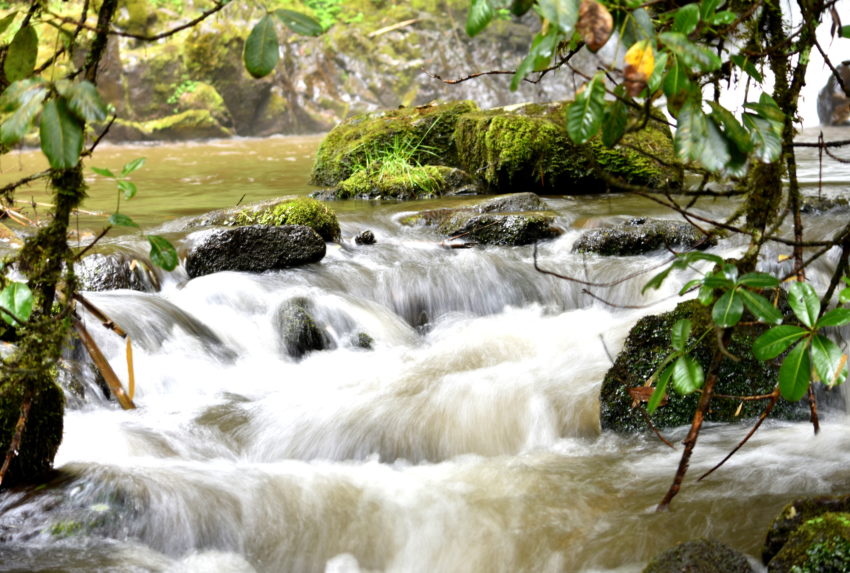In the second of a series of bush tips, Chris Tinkler gives us the lowdown on a couple of essential safari items: the camera and a pair of binos.
There are three vitally important items of equipment that everyone should have on safari: a pair of binoculars, an extra pair of shorts, and a camera. Well, perhaps not the shorts, that is a joke, but the others are essential. Now, I know that everyone will say, ‘Well, my phone takes amazing pictures’, and this is indeed true in the city. However, it’s a different story in the wilderness, when your subject is moving, and way too far away. So, for what it’s worth, a bunch of tips:
All hail the digital bridge camera
When it comes to your first safari, unless you are already a professional photographer, I believe the simpler the better. This isn’t going to be a technical blog on photography, but rather about the practicalities of it all. There are some great options out there, and I would recommend for those not wanting to change lenses that you look at what is called a ‘digital bridge camera’. These are all-in-one units that often have extremely powerful zoom lenses, but can zoom back into a wide angle for landscapes etc. The only downside is that the zooming function can be a little slow if you are trying to track a buffalo running past the vehicle, and unless you want the photo to look like a toddler smeared chocolate across a brand-new white shirt, then this could be challenging.
DSLR’s the way
If not an all-in-one, I would recommend a DSLR camera, like the one you can see in the title image. I am no professional, and have an entry level version, and it has been a winner on the many safaris I have been fortunate to undertake. These are not too expensive, and you can usually buy them as a kit, which will come with two lenses. The standard lens provided with the camera would be your 55mm lens for portraits and landscapes. I would then highly recommend an entry level 300mm telephoto zoom lens as your primary lens. These lenses are normally a lot faster and capture movement with clarity. This zoom is fine for your everyday safari and I would have this lens attached to your camera while on a wildlife drive from the moment you leave the lodge. Things happen in nature unexpectedly, as we learned in the last blog, so you want to be ready and not changing lenses in a panic, as by then it’s normally too late to capture the cheetah that vanished in a flash into the grass. Landscapes, on the other hand, can wait for a lens change.
Stick to what you know – and can carry
Some people hire lenses or buy unnecessarily expensive and large amounts of equipment for their first time to Africa. I recently hired a 400mm lens for a trip to Tanzania, thinking I was ready for the big time. It was a mistake for a novice and I ended up walking around with an oversized and heavy piece of equipment looking like I was about to launch an invasion. I was also not used to its functionality, and unless you want to pay for a few extra days hire and pour through the entire manual, then this requires considerable time and patience, time would be better spent practising with your own more practical lens – until you decide to take photography further. Nobody wants to look like they have all the gear and no idea.
Don’t forget the bins
Binoculars – or if you want to sound like a seasoned safari veteran, ‘binos’ or ‘bins’ – are the next very important item to have on the vehicle. Contrary to popular belief, these are not just for birdwatchers and will really enhance your experience. In some areas, due to park restrictions, the guide is not allowed to go off road, so that one glimpse of a leopard in the treeline might be your only shot to witness this beautiful cat in action. You don’t want to miss out by being unprepared and nobody wants those frown lines from squinting too much, wondering whether it’s a leopard or a rock. My personal preference for binoculars would be the Nikon Monarch series.

This shot was taken by Chris with the DSLR he is holding in the title image. A waterfall in the Bale Mountains, Ethiopia.
If you would like to know more about safaris and what gear to equip yourself with, please get in touch with Chris or any of our other destination specialists. The camera you can see in the title image is a Nikon D3400, the lens is a Nikkor 55-300mm f/4.5-5.6G ED VR.
